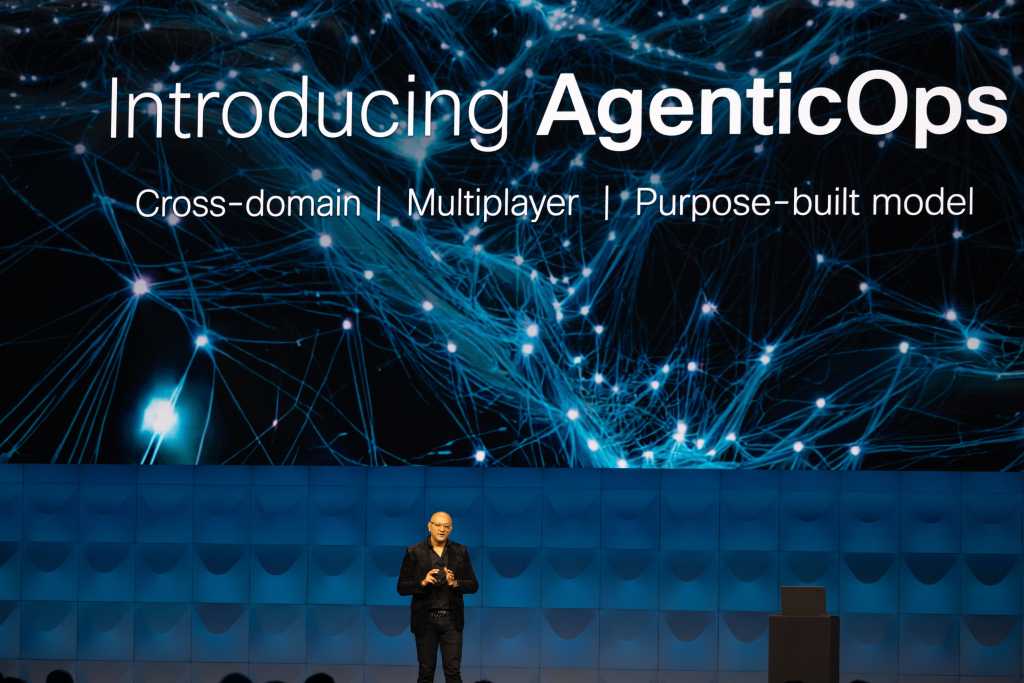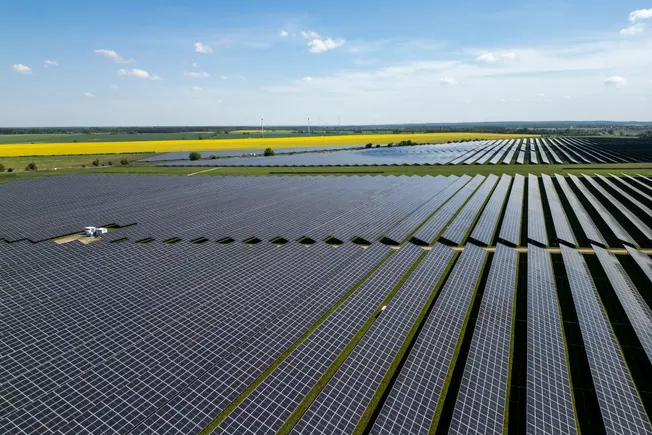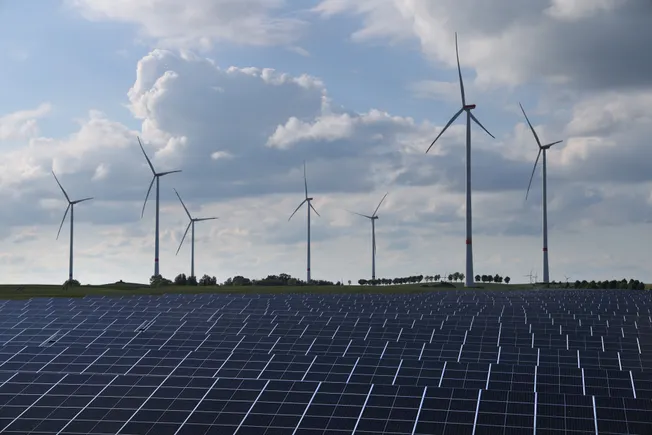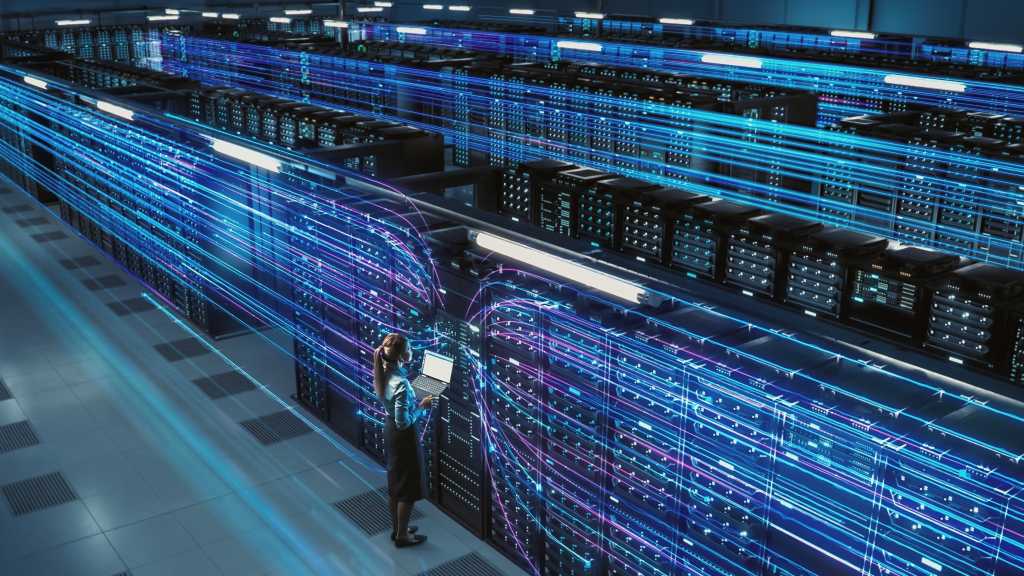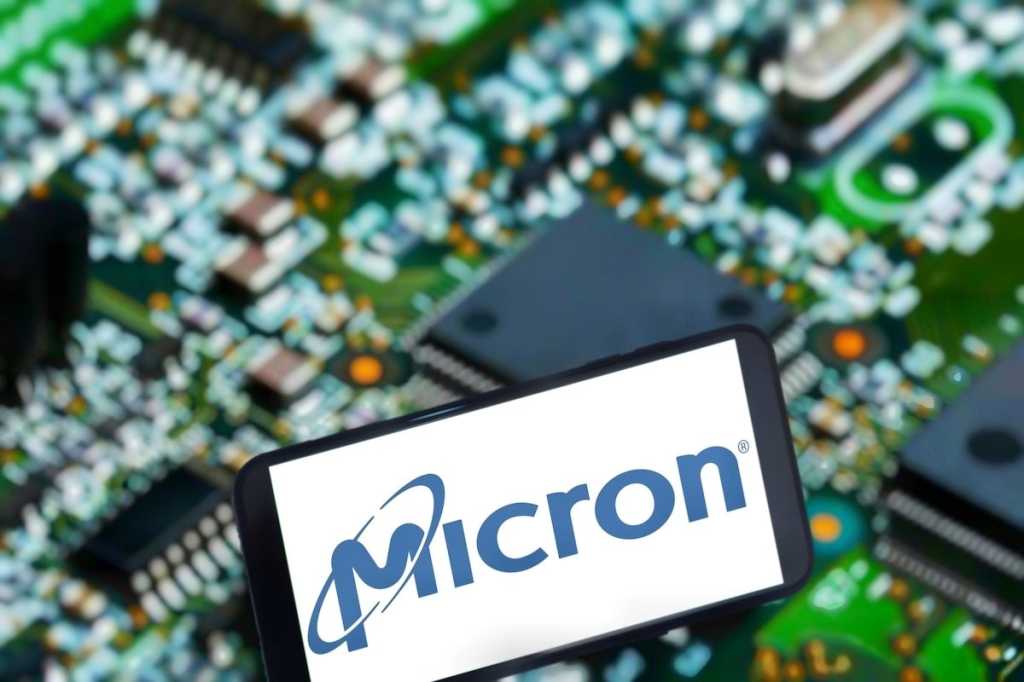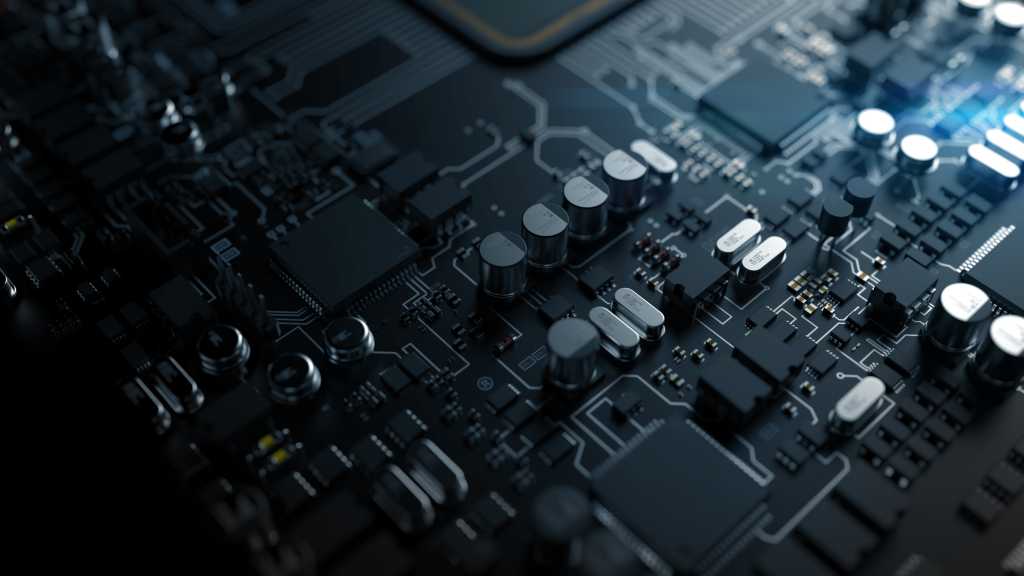
In a statement posted on its website recently, the U.S. Department of Energy (DOE) announced a new supercomputer powered by Dell and NVIDIA “to speed scientific discovery”.
The statement highlighted that, during a recent visit to Lawrence Berkeley National Laboratory (Berkeley Lab), U.S. Secretary of Energy Chris Wright announced a new contract with Dell Technologies to develop NERSC-10, which was described in the DOE statement as “the next flagship supercomputer at the National Energy Research Scientific Computing Center (NERSC), a U.S. Department of Energy (DOE) user facility at Berkeley Lab”.
It was revealed in the statement that the new computer is due in 2026 and that it will be named after Jennifer Doudna, “the Berkeley Lab-based biochemist who was awarded the 2020 Nobel Prize for Chemistry in recognition of her work on the gene-editing technology CRISPR”.
“The new supercomputer, a Dell Technologies system powered by NVIDIA’s next-generation Vera Rubin platform, will be engineered to support large-scale high-performance computing (HPC) workloads like those in molecular dynamics, high-energy physics, and AI training and inference – and provide a robust environment for the workflows that make cutting-edge science possible,” the DOE statement noted.
“This announcement reflects the Trump Administration’s commitment to restoring the gold standard of American science and unleashing the next great wave of innovation,” it added.
“Doudna will be one of the most advanced supercomputers ever deployed by the Department, advancing U.S. leadership in the global race for AI,” it continued.
In the statement, Wright said, “the Doudna system represents DOE’s commitment to advancing American leadership in science, AI, and high-performance computing”.
“It will be a powerhouse for rapid innovation that will transform our efforts to develop abundant, affordable energy supplies and advance breakthroughs in quantum computing,” Wright added.
“AI is the Manhattan Project of our time, and Doudna will help ensure America’s scientists have the tools they need to win the global race for AI dominance,” Wright continued.
Michael Dell, Chairman and CEO of Dell Technologies, said in the statement, “at Dell Technologies, we are empowering researchers worldwide by seamlessly integrating simulation, data, and AI to address the world’s most complex challenges”.
“Our collaboration with the Department of Energy on Doudna underscores a shared vision to redefine the limits of high-performance computing and drive innovation that accelerates human progress,” Dell added.
Jensen Huang, founder and CEO of NVIDIA, said in the statement, “Doudna is a time machine for science – compressing years of discovery into days”.
“Built together with DOE and powered by NVIDIA’s Vera Rubin platform, it will let scientists delve deeper and think bigger to seek the fundamental truths of the universe,” he added.
NERSC Director Sudip Dosanjh noted in the statement, “the Doudna supercomputer is designed to accelerate a broad set of scientific workflows”.
“We are collaborating with NVIDIA and Dell to prepare our 11,000 users to effectively use this system’s exciting new workflow capabilities,” Dosanjh added.
“Doudna will be connected to DOE experimental and observational facilities through the Energy Sciences Network (ESnet), allowing scientists to stream data seamlessly into the system from all parts of the country and to analyze it in near-real time,” Dosanjh went on to state.
A page on supercomputing on the DOE’s website notes that supercomputing is “the use of powerful resources that consist of multiple computer systems working in parallel … to conduct research or other work that would not be possible on a less powerful computer”.
The page states that the DOE has several supercomputing user facilities at its national laboratories, “including the first exascale computer in the world”. Exascale computers are particularly well-suited to use artificial intelligence and machine learning for research, according to the DOE page.
A statement posted on Berkeley Lab’s website highlighted that NERSC supports more than 11,000 scientists and 800 projects annually. Berkeley Lab is a multiprogram national laboratory managed by the University of California for the U.S. Department of Energy’s Office of Science, the statement notes, adding that the DOE’s Office of Science is the single largest supporter of basic research in the physical sciences in the United States.
To contact the author, email [email protected]


